The competition in the pistachio export market is very intense. Iran and America are one of the biggest exporters in the world and the competition between them is no joke.
The multi-billion dollar market value of the pistachio industry worldwide is increasing as the demand for this agricultural commodity increases. Iran and the United States, with the monopoly of the world trade of pistachios, have accounted for 70-80% of the world production of pistachios in the last ten years.
As the two largest producers of this product worldwide, Iran and America, we cover the market, trade, production and export of pistachios in this research.
Pistachio is a small tree that grows in Iran, Syria, Turkmenistan and western Afghanistan. It is native to Central Asia and the Middle East. An edible and delicious fruit is produced from this tree. Latin allowed the Persian term pistachio to enter European languages.
Akbari pistachio, which is known as extra long pistachio in the international markets due to its long, elongated and huge kernel, is the most representative variety of pistachio.
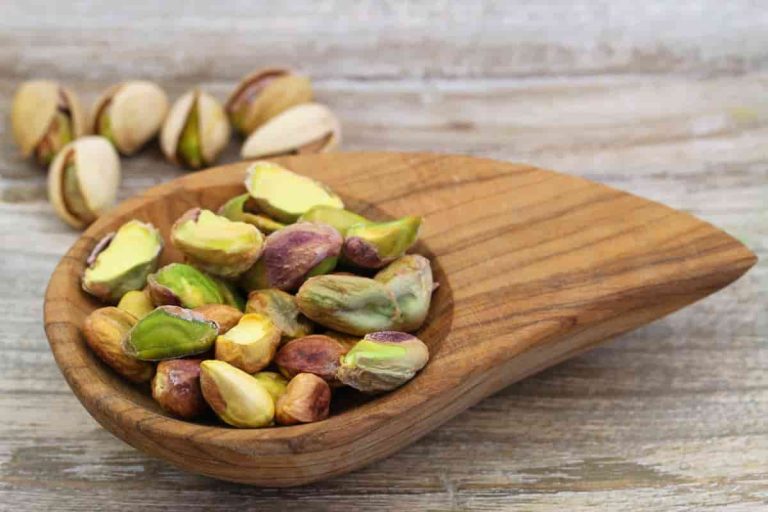
Iran produces this type of pistachio, which is mainly harvested in Rafsanjan and Anar. Akbari pistachio was named in honor of the late Haj Akbar Besanjide, known as Akbar Tajabadi, who was the founder of this type of pistachio.
The mentioned person passed away in Rafsanjan Dar at the age of 96 in 1380 and was buried in Tajabad, the village where he grew up.
When they refer to “economic cultivation”, they suggest that their cultivation is reasonably priced. The optimal place for pistachio cultivation in the winter season is a relatively cold region (about 1200 hours of temperature below 6 degrees) and from March, which is the time of greening, the temperature does not drop below zero degrees. In summer, the temperature is above 25 and below 40 degrees.
There is about 40% relative humidity.
As a result, in different regions of Iran, including Rafsanjan and Damghan, which were the birthplace of pistachio, pistachio cultivation will no longer be profitable due to the sharp increase in air temperature, sharp drop in the level of underground water, etc. The relative humidity of the air is currently around 10%.
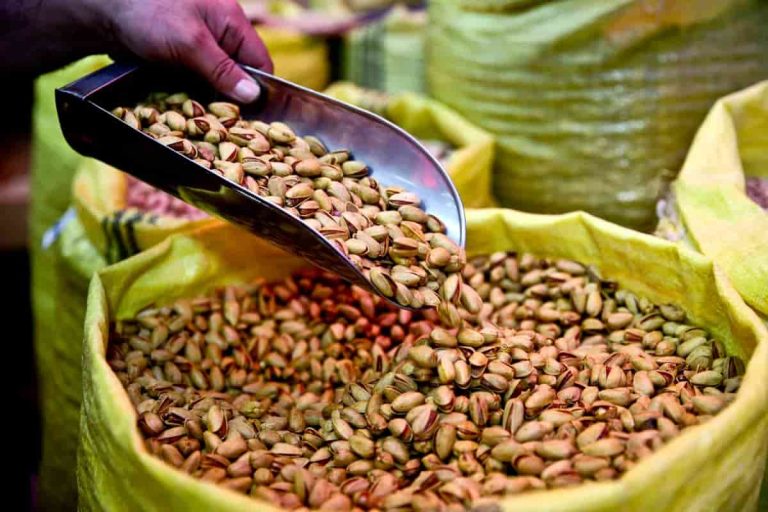
On the other hand, there are other cities that today have the same climate as Rafsanjan 40 years ago, which makes them perfect for planting pistachios.
The cities near Lake Urmia, including Benab city and other cities in North Khorasan, which have the criteria mentioned above, are among the cities of Iran that can be mentioned in this context.
The soil should be somewhat fertile and not too salty. The water should not be too salty. The potential of watering hybrid or conventional seedlings for about seven days.
An important point to note is that pistachios can be cultivated anywhere in Iran, and we mean any place where it is possible and profitable to plant them.
Because as a result of Iran’s recent severe climate changes, many places that were previously suitable for pistachio cultivation are now both suitable and profitable. Assuming that pistachio farming takes the place of alfalfa farming in the area of Lake Urmia.
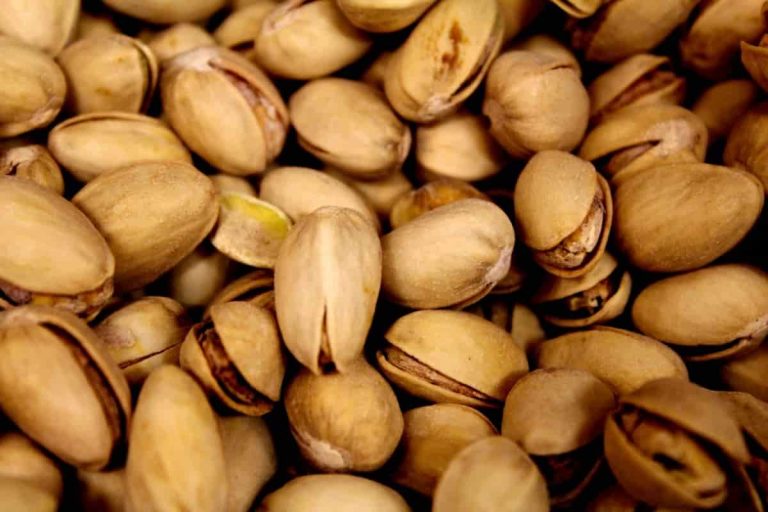
Iran in Exporting Pistachios
The two main countries that export and produce pistachios in the world are Iran and America. These two countries may have access to about 70-80% of the annual pistachio crop. An American botanist named William E.
Whitehouse discovered that by collecting the seeds and freezing them in bulk, distinct pistachios could be discovered in Iran’s pistachio fields in just six months. He brought a 20-pound (9-kilogram) bag of seeds to the United States.
California produces more than 90% of the pistachios consumed in the United States, and Rafsanjan in Iran is the country with the highest production rate. In Iran, pistachio production is 4000 years old.
However, the planting of Iranian pistachio seeds in the 1930s marked the beginning of pistachio farming in the United States. Future American businesses currently engaged in this industry will seriously threaten Iran’s pistachio trade.
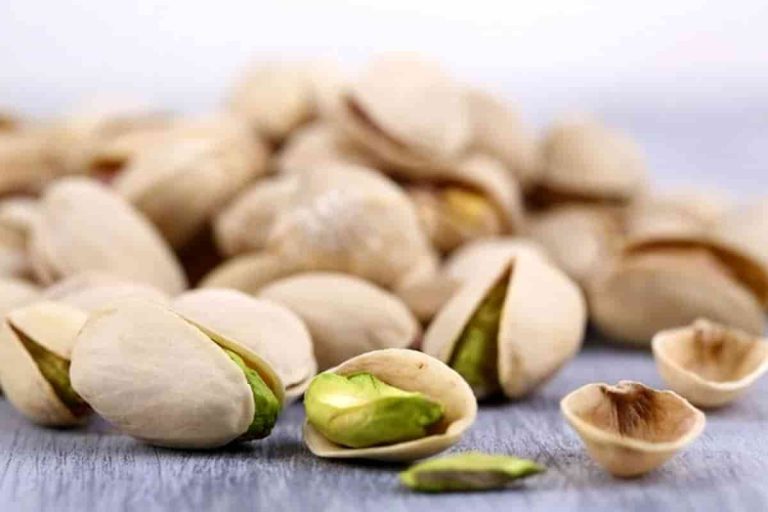
Iran produces about 200,000 tons of pistachios annually, of which only 10% is consumed domestically and the remaining 90% is exported. Every Iranian family consumes about 2 kg of pistachios every year.
Iran earns between 1.4 and 1.7 billion dollars annually from pistachio production and export.
The main pistachio production in Iran is concentrated in the cities of Rafsanjan, Zarand, Sirjan, Anar and Keshkoyeh, which together constitute 80% of the country’s total production.
A significant part of Iran’s pistachio is also produced in the cities of Khalil Abad, Kashmar and Bardeskan in North Khorasan, as well as in Semnan province of South Khorasan and Buin Zahra city in Qazvin province. Iranian and American pistachios have the same genetic composition, but Iranian pistachios have a better taste. Many major European distributors agree with this statement.
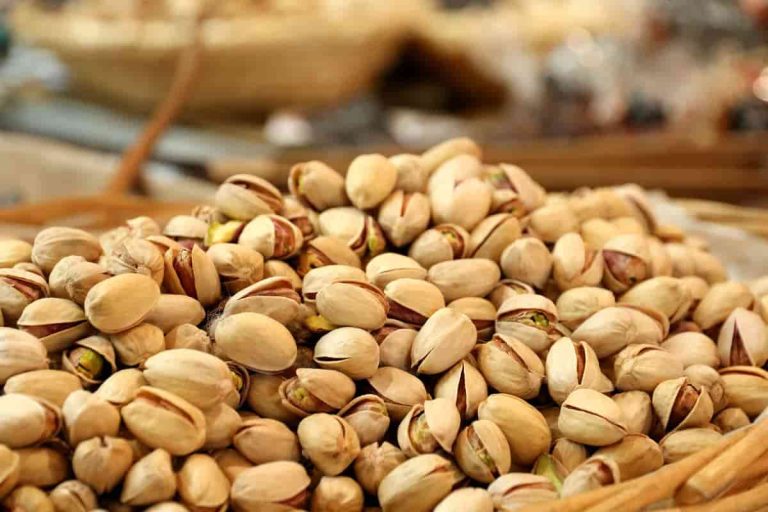
Seeds and seedlings The first pistachio tree planted in America was the Turkish pistachio, not the Iranian pistachio, whose taste has changed due to differences in soil and temperature.
When Iran exported more than 191 thousand tons of pistachios in 2014, it surpassed other countries as the largest exporter of this product in the world.
Also, the United States of America was recognized as the second exporter of pistachios in the world by exporting about 138 thousand tons of pistachios. Turkey was the third exporter of pistachios in the world.
In 2014, Turkey was able to export about 3,000 tons of pistachios, ranking third in the world in terms of pistachio exports. But one of Iran’s advantages in exporting pistachios is its geographical location.

US in Exporting Pistachios
As we know, the United States is one of the largest exporters of pistachios. A total of 39,000 tons of US export pistachios were sold from March 10 to April 11, 1998, an increase over the previous year.
The amount reported for domestic sales in the United States this month was 11,000 tons, up nearly 1,000 tons (or 8.6%) from last year.
The reported amount of export is reported to be 28 thousand tons, which has increased by about 10 thousand tons (equivalent to 58 percent) compared to last year.
By the end of the seventh commercial month of this year, the total cumulative sales of American products were reported to be 247,000 tons, which has increased by 18% (or 37,000 tons) compared to the same period last year.
According to reports, total sales in the Americas reached 73,000 tons, representing an increase of 6 percent (or 4,000 tons) over the previous year.










